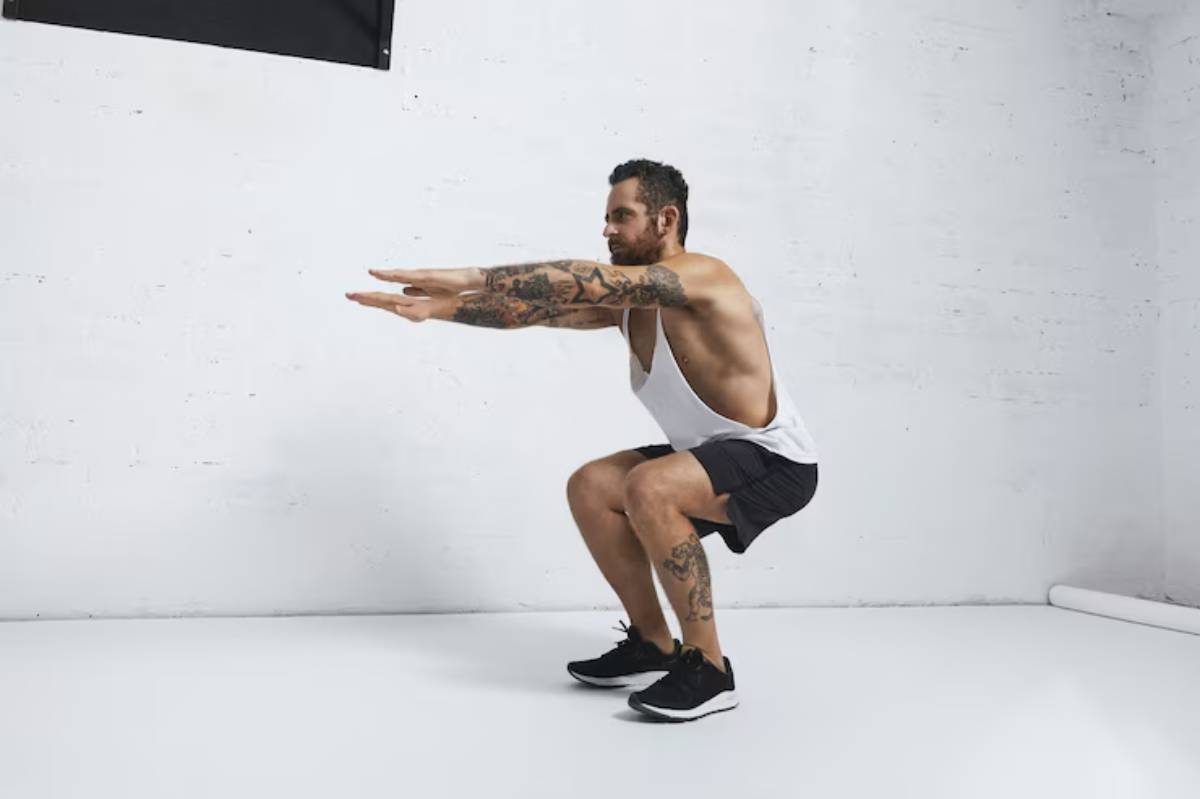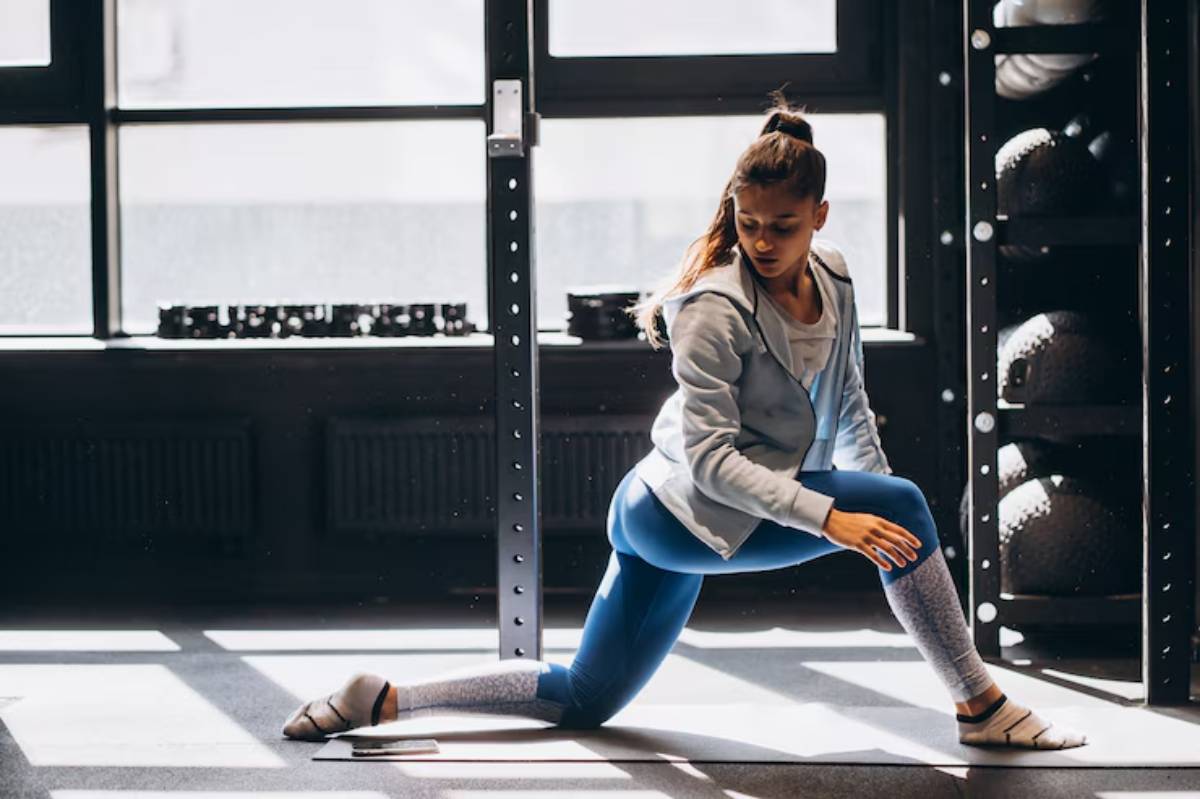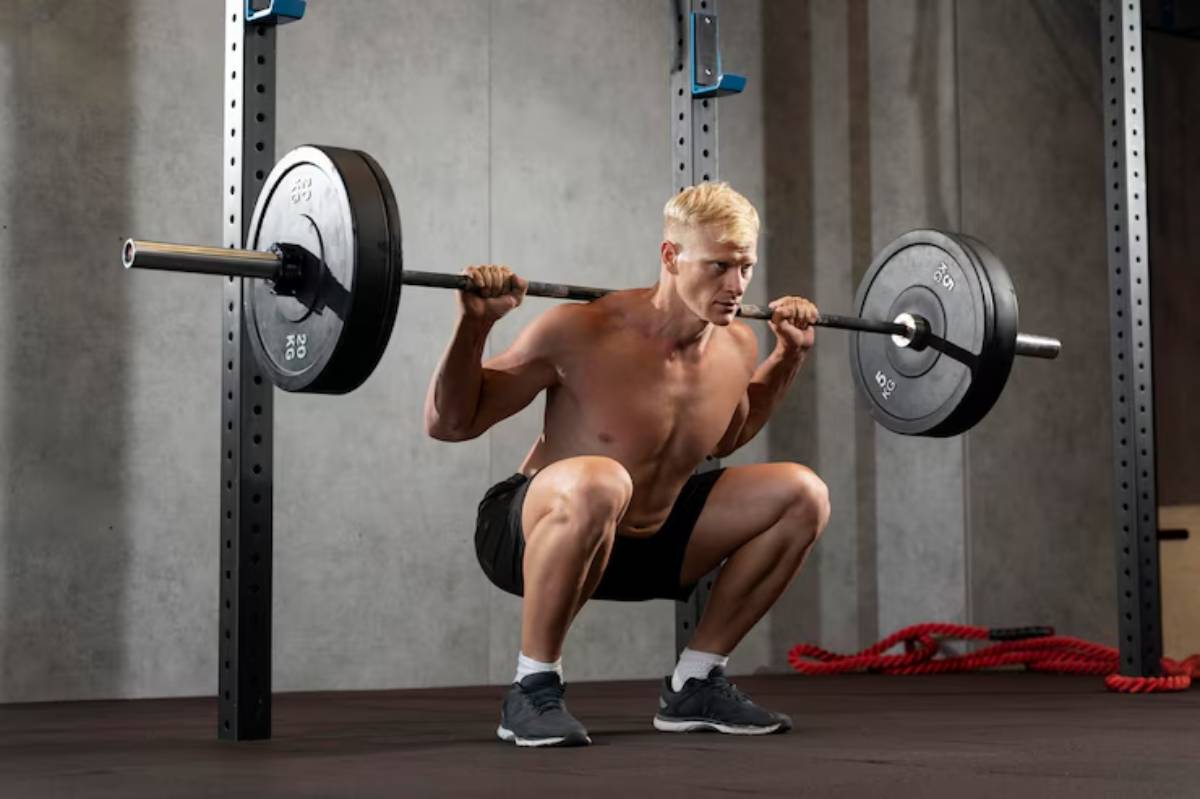
Mobility Work for Powerlifters: Pre & Post Lifts
Ask any experienced powerlifter, and they’ll tell you: lifting isn’t just about brute strength—it’s about movement quality. If your hips are tight, your shoulders are restricted, or your spine is rigid, your lifts suffer. Worse still, you flirt with injury.
That’s where mobility for lifting comes in. While it’s often overshadowed by programming and volume, mobility is your foundation. Without it, you can’t express full strength—or recover properly between sessions.
In this blog, we’ll unpack exactly why mobility matters for powerlifters. You’ll learn when to use it, what areas to focus on, and how to design both pre-workout mobility and post-lift cooldowns using smart, accessible powerlifting mobility drills.
Let’s get into the work behind the work—the movement that makes your strength sustainable.
Why Mobility Is Crucial for Powerlifters
Mobility Is Not Flexibility (and That Matters)
Let’s clarify a common mix-up: flexibility is about lengthening muscles passively. Mobility, on the other hand, is about active control through a range of motion.
In powerlifting terms:
- Flexibility helps you touch your toes.
- Mobility helps you deadlift from the floor with a neutral spine.
And if you’ve ever struggled to reach depth in your squat or lock out a bench press without pain? That’s your mobility calling for attention.
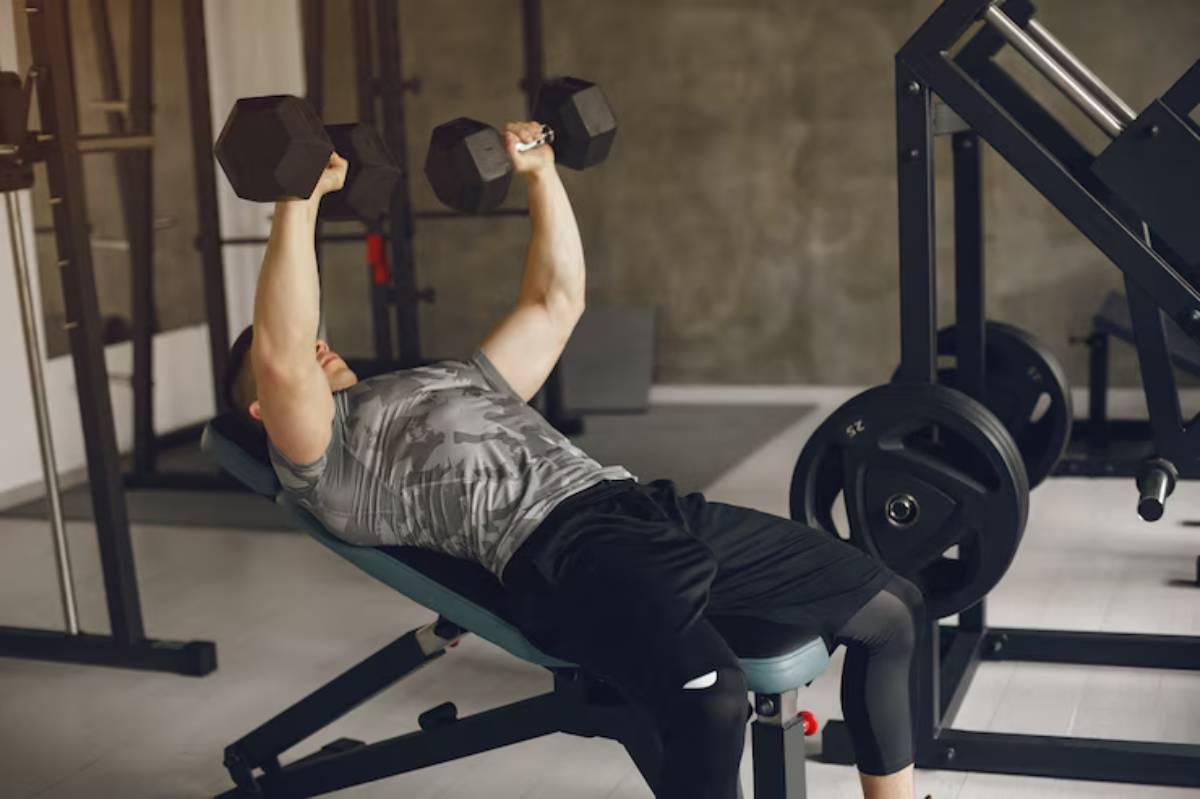
The Demands of the Big Three
Each of the three core lifts challenges mobility in different ways:
- Squat: Requires hip external rotation, ankle dorsiflexion, and thoracic extension
- Bench Press: Demands shoulder external rotation, scapular retraction, and wrist mobility
- Deadlift: Needs hip hinge control, hamstring length under tension, and spinal alignment
If any link in the chain is restricted, your form suffers—and that’s a fast-track to compensation and injury.
Benefits of Mobility Work for Powerlifters
Why It Pays to Move Well
The return on investment for mobility work is high, even if the exercises look simple.
Here’s what it gives you:
- Better positioning in all three lifts
- Reduced injury risk by creating joint space and muscular balance
- Improved warm-up efficiency, helping you get into position quicker
- Enhanced longevity, especially for lifters over 30
Consider mobility as the oil in the engine. Without it, even the strongest machine can seize.
When Should You Do Mobility Work?
Timing Is Key
Mobility work fits neatly into two main categories:
1. Pre-Workout Mobility
This is about priming your body for lifting. The goal isn’t relaxation—it’s activation. You want to improve joint range, wake up key muscles, and move with control.
Pre-lift mobility should:
- Be dynamic and controlled
- Focus on the joints you’re about to use
- Last 10–15 minutes max
2. Post-Workout Mobility
Here, the aim shifts to restoring balance. You’re looking to bring the body back to neutral, reduce tension, and support recovery.
Post-lift mobility should:
- Be slower and more restorative
- Target areas that felt tight during the session
- Pair well with breathwork or downregulation drills
You can get even more from this phase by pairing breathwork with stretching—a powerful combo that accelerates nervous system recovery.
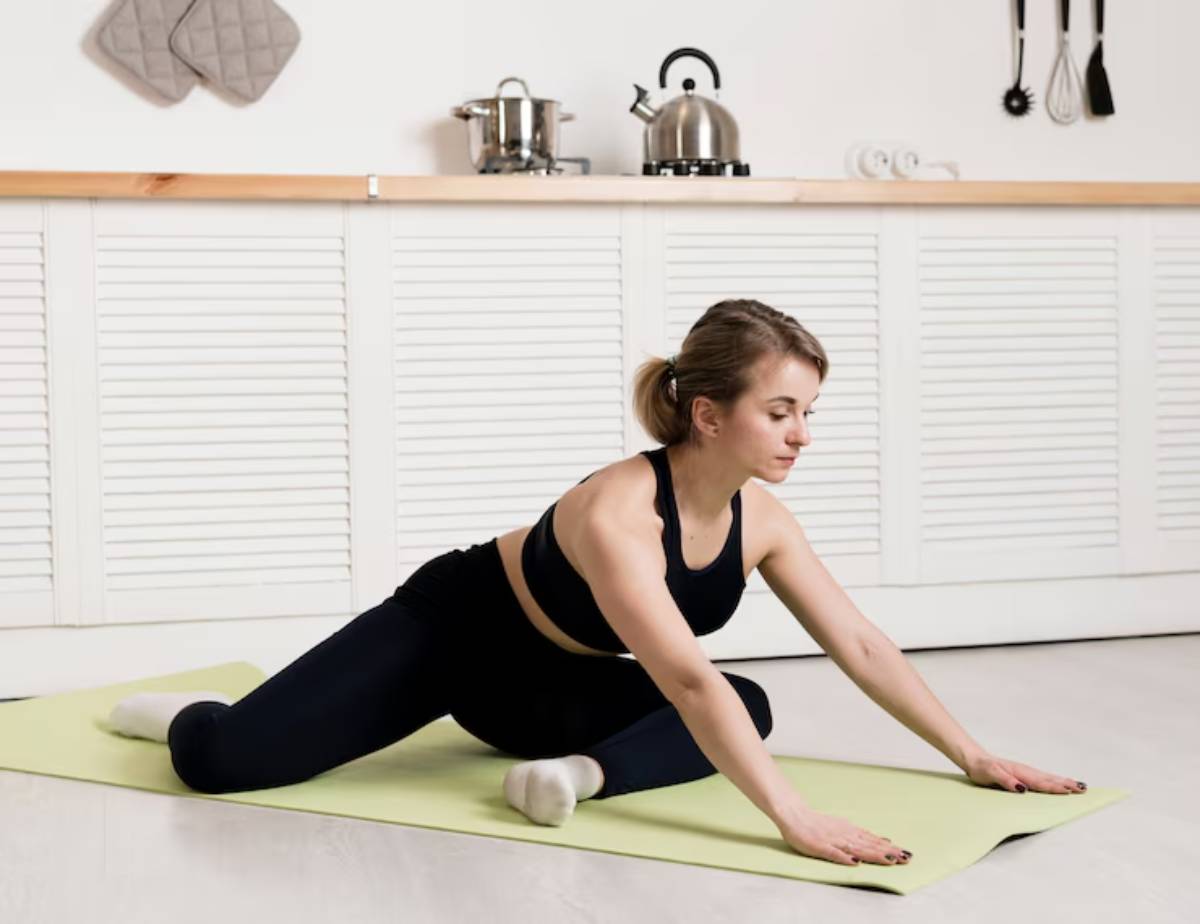
Pre-Workout Mobility for Each Lift
Squat-Specific Mobility
Powerlifters often struggle with squat depth due to hip or ankle restrictions.
To prepare:
- 90/90 Hip Rotations: Improve internal and external rotation
- Goblet Squat Holds with Pulse: Opens hips and reinforces positioning
- Ankle Rockers Against Wall: Encourages dorsiflexion needed at the bottom
Bench Press Prep
The bench press demands strong scapular control and shoulder mobility.
- Wall Slides: Activate scapular upward rotation
- Banded Pull-Aparts: Wake up the rear delts and mid-traps
- PVC Pass-Throughs: Open up the chest and front delts without overextending
Deadlift Mobility
The deadlift benefits from hamstring control and hip hinge mobility.
- Cat-Cow to Neutral Spine Drill: Reinforces spinal awareness
- Banded Hamstring Curls (standing): Engages hamstrings through full range
- Kneeling Hip Flexor Stretch with Glute Squeeze: Targets anterior chain tightness
These simple pre-workout mobility movements make a huge difference in how you approach the bar.
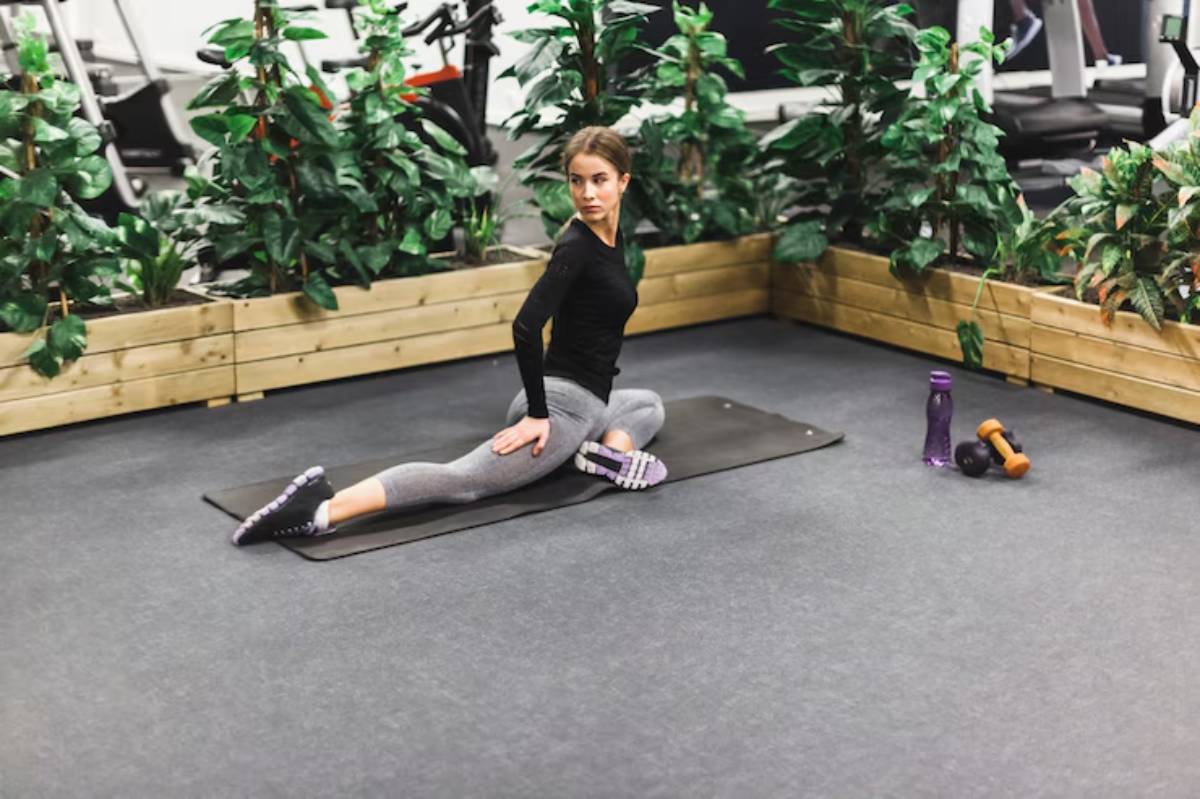
Post-Lift Mobility Work to Restore and Recover
Downregulate and Reset
After lifting, your nervous system is in high gear. A few targeted mobility drills help bring things down while reducing muscle tension.
Here are some good options:
- Child’s Pose with Reach: Opens the lats and relaxes the spine
- Pigeon Pose or Figure-Four Stretch: Loosens glutes and hips
- Thoracic Windmills (lying): Restores rotation lost during bracing
- Lying Hamstring Flossing with Band: Mobilises the sciatic line gently
Post-session is also a great time to assess: What felt tight? What broke down under load? Let that feedback guide your cooldown.
How to Integrate Mobility Into Your Training Week
Make It Fit Your Routine
You don’t need to overhaul your programme. Just add mobility in small, strategic windows:
- 10 minutes before your main lifts
- 5–10 minutes after your session
- 1–2 full mobility-focused sessions per week
These can be low-effort, high-reward. Think: foam rolling, light flows, or active stretches while watching TV.
For a broader view of how to balance effort and recovery, learn how to integrate recovery into your weekly routine without derailing progress.
Mobility Drills and Movement Patterns to Prioritise
Hit the Big Movers
Here’s a breakdown of essential mobility zones for powerlifters:
| Area | Why It Matters | Top Drill |
| Hips | Drives squat depth and hinge | 90/90 Rotations |
| Ankles | Prevents heel lift in squats | Wall Ankle Rockers |
| Shoulders | Required for bench position | Wall Slides |
| T-Spine | Supports overhead and brace | Thoracic Windmills |
| Wrists | Affects bench press comfort | Wrist Extension Stretch |
Mistakes to Avoid with Mobility Work
Don’t Let It Become a Chore
Mobility is about movement quality, not performance or perfection.
Avoid these common missteps:
- Doing too much, too fast: A handful of quality reps beats 15 rushed ones
- Holding static stretches pre-lift: This can reduce power output
- Skipping days you don’t feel tight: Mobility is maintenance, not a fix
- Only focusing on your tightest area: Remember to support the full chain
Mobility drills should feel useful, not punishing. Think of them as preparation, not penance.
Personalising Your Mobility Approach
Every Lifter Is Different
Some lifters need more hip work. Others might struggle with overhead shoulder position or poor wrist extension.
Ask yourself:
- Where do I feel restricted in my lifts?
- What positions feel weakest or awkward?
- Do I notice pain during specific ranges?
Use your training experience to tailor your mobility toolkit. The more you move with awareness, the more mobility becomes a form of auto-correction.
Conclusion: Move Better, Lift Longer
Mobility isn’t glamorous. It doesn’t get the applause that new PRs or heavy deadlifts do. But it’s what keeps you in the game.
By incorporating mobility for lifting into your pre- and post-lift rituals, you’re not just protecting your joints—you’re enhancing performance from the inside out.
And over months and years, that adds up to fewer setbacks, more consistent training, better positioning, and greater confidence under the bar.
Start small. Pick two drills. Stay consistent. And remember—your strength only goes as far as your movement allows.
